The phoenix and worm regenerates itself from the fire. One is mythological in nature, and the other a scientific fact. All earth’s 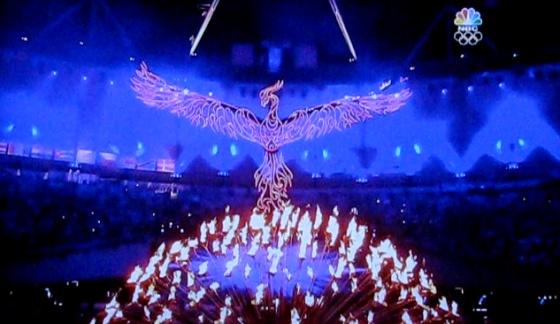 creatures are born from an egg, but the phoenix and worm are born from the fire, and are able to regenerate themselves without sexual intercourse. This is the myth of the phoenix, where from its corpse a worm emerges from the ashes of the dying bird. The next day from this worm after being nourished by the juices of the dead bird, a new phoenix is born, and on the third day flies away to Arabia.
creatures are born from an egg, but the phoenix and worm are born from the fire, and are able to regenerate themselves without sexual intercourse. This is the myth of the phoenix, where from its corpse a worm emerges from the ashes of the dying bird. The next day from this worm after being nourished by the juices of the dead bird, a new phoenix is born, and on the third day flies away to Arabia.
The description of the resurrection of the phoenix from a worm appears to be a true story concealed in myths that tell us about reincarnation and immortality of the human soul. Many of these ancient myths are similarly told by various cultures and religions, such as in Christianity with the resurrection of Christ who rose from the dead on the third day.
 In the bible, Jacob is called a worm and Christ also calls himself a worm in saying; “But I am a worm and not a man, scorned by everyone, despised by the people.”(Psalm 22:6) The Jews had even trampled upon Christ as if he was a loathsome creature akin to a worm. Jesus Christ is also connected with the phoenix in ancient Christian literature. Early Church fathers such as Clement of Rome had said the phoenix was representative of Christ’s resurrection. Pope St. Clement used the legend of the phoenix to explain Jesus’s resurrection, and ties to resurrection after death made the phoenix a popular image on Christian tombstones. The image to the left showing the symbolism of Jesus and the phoenix, is from a modern day Catholic Church in Spain.
In the bible, Jacob is called a worm and Christ also calls himself a worm in saying; “But I am a worm and not a man, scorned by everyone, despised by the people.”(Psalm 22:6) The Jews had even trampled upon Christ as if he was a loathsome creature akin to a worm. Jesus Christ is also connected with the phoenix in ancient Christian literature. Early Church fathers such as Clement of Rome had said the phoenix was representative of Christ’s resurrection. Pope St. Clement used the legend of the phoenix to explain Jesus’s resurrection, and ties to resurrection after death made the phoenix a popular image on Christian tombstones. The image to the left showing the symbolism of Jesus and the phoenix, is from a modern day Catholic Church in Spain.
In Christianity, the phoenix is also a symbol of the Virgin Mary and the virgin birth conceived in the womb of a mother who was yet a virgin. Just like Jesus Christ was born of the Virgin Mary, the legendary founder of Mycenae and of the Perseid dynasty of Danaans, Perseus was also virgin-born. In Job 29:18, Job says he will multiply his days like “Khol.” The meaning of the Hebrew word khol is both sand and phoenix. In Jewish tradition, the khol or milcham is the phoenix who was rewarded with immortal life for being the only creature in the Garden of Eden to refuse the forbidden fruit.
As it is said in Mark 9:48 – ‘where their worm does not die and the fire is not quenched.’ Christ has said, “Because I fire, ye shall live also.” In Matthew 16:21; “From that time on Jesus began to explain to his disciples that he must go to Jerusalem and suffer many things at the hands of the elders, the chief priests and the teachers of the law, and that he must be killed and on the third day be raised to life.” And 1 Corinthians 15:4 – “that he was buried, that he was raised on the third day according to the Scriptures.”
Before the Old and New Testaments were written, we had the The Book of the Dead where in Chapter 13, we can find where the morning star reference was first originated: ‘I go in like the Hawk, and I come forth like the Bennu bird [the Phoenix], the morning star of Ra’s—where, for ‘morning star.’ The Phoenix flew into Egypt in the Consulship of XII Quintus Plannus, that it was brought to Rome in the Censorship of Claudius, in the eight hundred year of the City, and testified also in their records; but after all concludeth, Sed quc e falsa nemo dubitabit, As we read it in the fair and ancient impression of Brixia; as Aldrovandus hath quoted it, and as it is found in the manuscript Copy, as Dalechampius hath also noted.
Herodotus was the first writer who had given us the first detailed account of the Phoenix:—” It comes but once in five hundred years int0 the country where its father dies.” Artemidorus, the Ephesian, in the time of Antoninus Pius, had said; “A certain time elapsed, a worm is produced from the ashes [of the former-phoenix], and this worm being transformed, becomes again a phoenix.” According to Philostratus, “the phoenix resembles an eagle, and traits rays of light from its feathers.” Achilles Tatius:—” It comes from Ethiopia into Egypt: it vaunts the sun as its lord, as is testified by the image of which its head is crowned: it is of a cerulean colour, of a rosy aspect, and its feathers project like the solar rays.”
The mythical phoenix of both Greek and Roman legends had described this fire bird with a brilliant red plumage that emitted pure sunlight, and it was immortal for it could live for many centuries. It would spend its years in Arabia, and upon reaching the end of its lifetime it would fly into Egypt where it was reborn in flames. In ancient China, this phoenix is one of the four sacred animals along with the dragon, tortoise, and unicorn who helped create the world. The ancient Hermetics had regarded the phoenix as a symbol of the accomplishment of alchemical transmutation.
 33rd Degree Freemason, Manly P. Hall had written in the The Lost Keys of Freemasonry; “These were the immortals to whom the term ‘phoenix’ was applied, and their symbol was the mysterious two-headed bird, now called an eagle , a familiar and little understood Masonic emblem .” Hence, what is thought to be the double headed eagle of the 33rd degree of Scottish Rite Freemasonry in reality, is a double headed phoenix, or one could say a double headed worm or serpent such as the symbol of the Caduceus Wand of Hermes. This wand was symbolized by a short staff entwined by two serpents, sometimes surmounted by wings. This same symbol is now used in the “commercial medical industry” who places profits above humans and health.
33rd Degree Freemason, Manly P. Hall had written in the The Lost Keys of Freemasonry; “These were the immortals to whom the term ‘phoenix’ was applied, and their symbol was the mysterious two-headed bird, now called an eagle , a familiar and little understood Masonic emblem .” Hence, what is thought to be the double headed eagle of the 33rd degree of Scottish Rite Freemasonry in reality, is a double headed phoenix, or one could say a double headed worm or serpent such as the symbol of the Caduceus Wand of Hermes. This wand was symbolized by a short staff entwined by two serpents, sometimes surmounted by wings. This same symbol is now used in the “commercial medical industry” who places profits above humans and health.
Could these alleged serpents really represent two immortal worms?
The Roman poet Ovid had written this about the Phoenix: “Most beings spring from other individuals; but there is a certain kind which reproduces itself. The Assyrians call it the Phoenix. It does not live on fruit or flowers, but on frankincense and odoriferous gums. When it has lived five hundred years, it builds itself a nest in the branches of an oak, or on the top of a palm tree. In this it collects cinnamon, and spikenard, and myrrh, and of these materials builds a pile on which it deposits itself, and dying, breathes out its last breath amidst odors. From the body of the parent bird, a young Phoenix issues forth, destined to live as long a life as its predecessor. When this has grown up and gained sufficient strength, it lifts its nest from the tree (its own cradle and its parent’s sepulchre), and carries it to the city of Heliopolis in Egypt, and deposits it in the temple of the Sun.”
Milton, in “Paradise Lost,” Book V., compares the angel Raphael descending to earth to a Phoenix:
“… Down thither, prone in flight
He speeds, and through the vast ethereal sky
Sails between worlds and worlds, with steady wing,
Now on the polar winds, then with quick fan
Winnows the buxom air; till within soar
Of towering eagles, to all the fowls he seems
A Phoenix, gazed by all; as that sole bird
When, to enshrine his relics in the sun’s
Bright temple, to Egyptian Thebes he flies.”
THE PHOENIX AND THE WORM
A slow-worm is a snake or serpent. Every language, ancient or modern, exercises its own right to call worms what are not worms. In short, “worm,” like many others, is an encroaching and aggressive word, claiming much which it has no right to. It is a feudal seigneur who shifts his landmark, so as to take in every tempting scrap of contiguous ground.
From a worm was produced the phoenix, of which there never was but one; and when she came to her end by burning, out of her ashes there arose another worm, which afterwards grew to be another phoenix. A silk-worm with the motto ” Sibi vinculanectit” is a device of the courtier who makes himself a slave and spins his own chains, although they be silken. A worm figures the remorse of conscience. Naked as a worm, expresses the very extreme of nudity. The worm turning when trodden upon, is the protest of the feeble against injury and injustice. To draw the worms out of anybody’s nose, is to get him to talk and betray his secrets. There are two Saints Ver or Verus—that is, Saints Worm.(2)
Fire is the very element of action, energy, power, creativity, passion, desire, and sexuality. The symbol for fire is the upright triangle or pyramid. This is why the ancient Egyptians had built pyramids. Manly P Hall had written in the Initiates of the Flame; “Of the elements of the earth is this altar composed. It is the great cube of matter. On or in this altar burns Flame. It is this Flame that is the spirit of all created things. Man, know thyself. Thou art the Flame, and thy bodies are the living altar.”
A fire that can literally burn us alive by creating our own delirious passions and vice driven hells, or it can literally transform and forge our souls into perfection so that we then rise above the flames like the glorious ancient fire-bird, the phoenix. – Moe
The symbol of the self-born, who is the androgynous phoenix in the esoteric symbol. The double-headed phoenix is the prototype of an androgynous man, for according to the secret teachings there will. – 33rd Degree Freemason, Manly P. Hall
SOURCES:
1. The lives of alchemystical philosophers; with a catalogue of books in occult – By Francis Barrett
2. all the year round by Charles Dickens

Moe is the founder of GnosticWarrior.com. He is a father, husband, author, martial arts black belt, and an expert in Gnosticism, the occult, and esotericism.

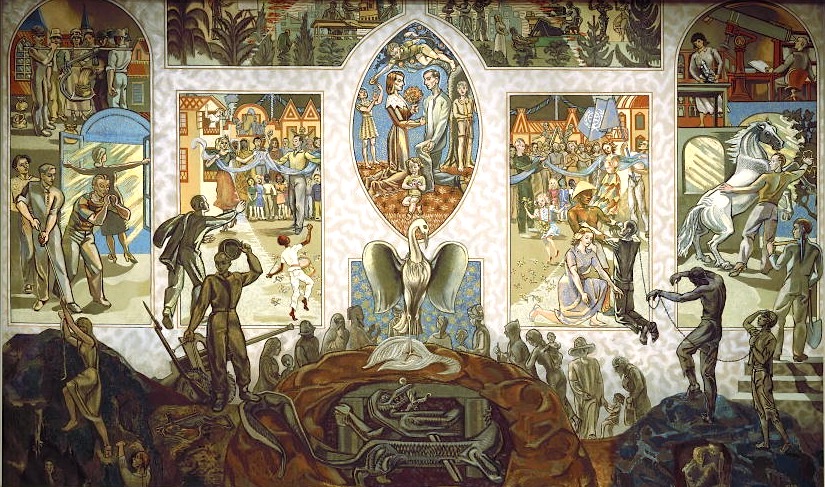
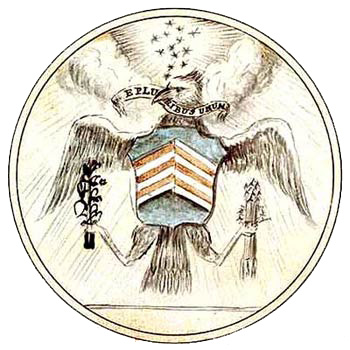
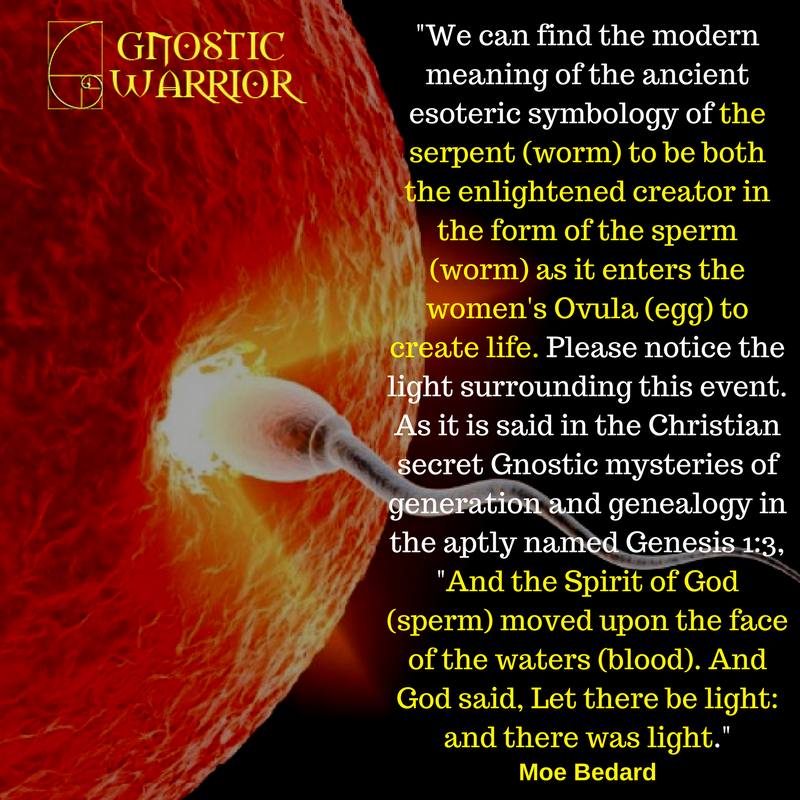
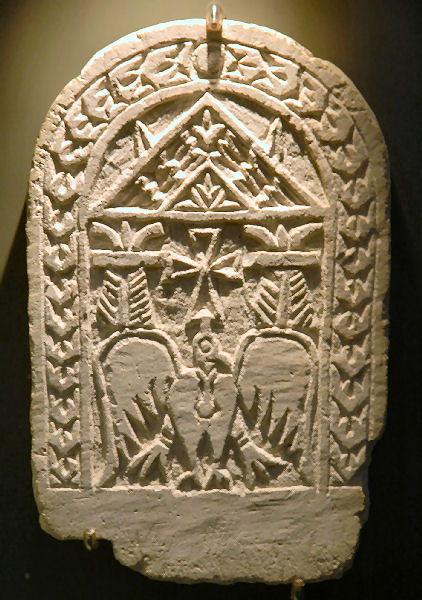
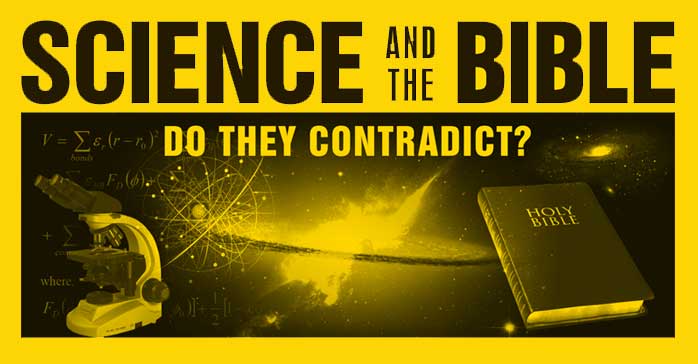
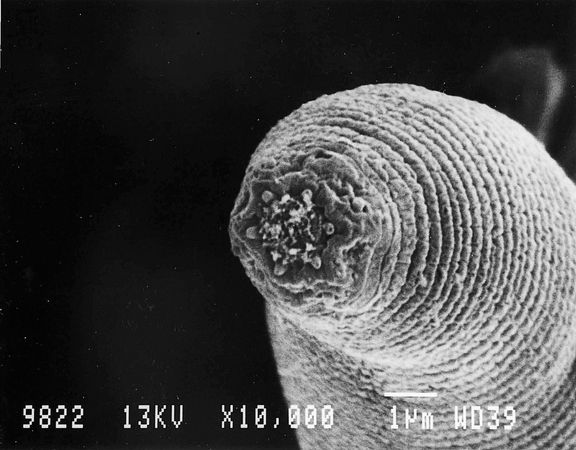
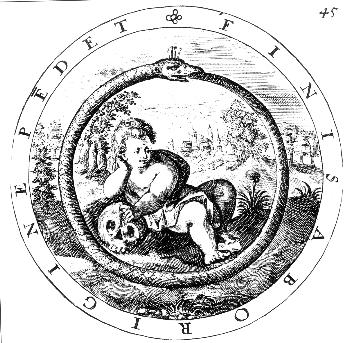
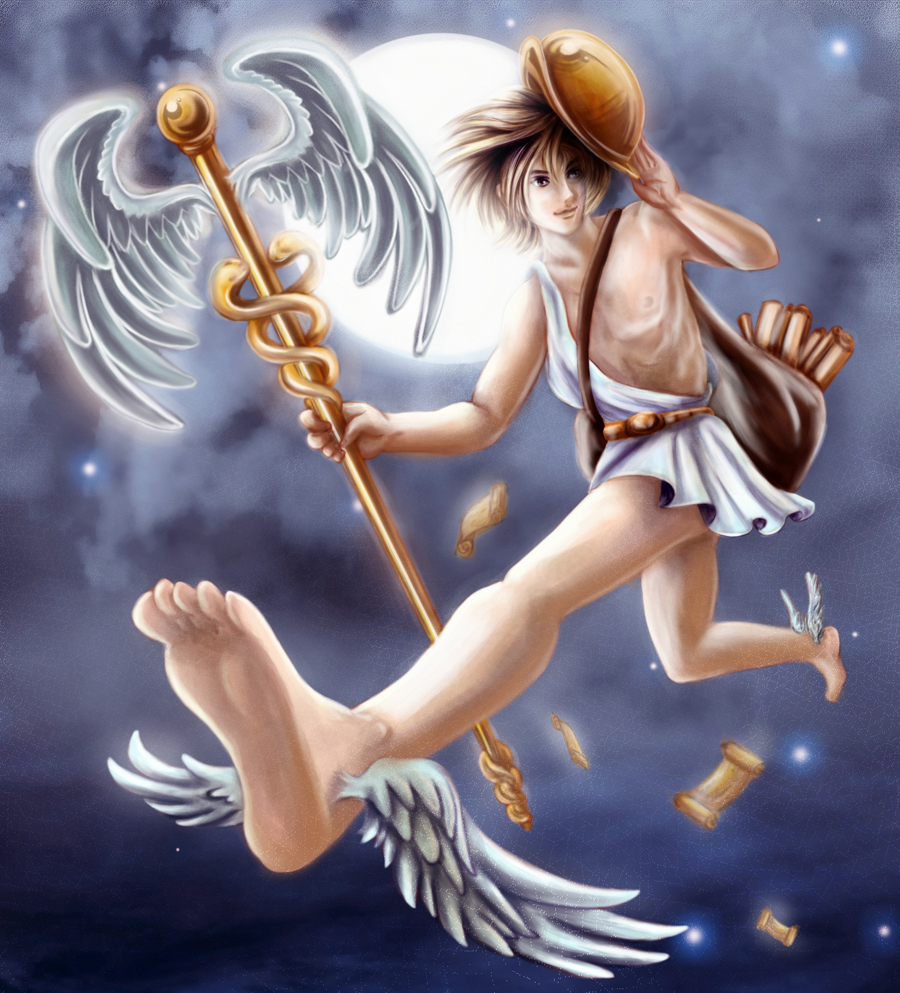
The serpent or what’s also referred to as the worm is the kundalini. The rising & harnessing of the fire serpent / the kundalini. Vishnu & Buddha & Jesus & all the articles you have written about the worm & serpent is the kundalini. I have had my kundakini awakened, I am on day 8 and this information is blowing me away! My body is going through a very real physical transmutation. I have seen or Rache should I say experienced God…. With whom I never previously believed… I hardly knew much about kundakini & it’s blowing me away… This is the most physical real & profound experience of my life. The energy moves up through my body & around my head (crown) chakra in the sensation of a serpenent. I hope this helps piece it all together. My only hope is that this energy is for the higher good of the people as I feel it is. Your breakdown or histories breakdown of this serpent power sounds rather lucpherian… anyway I am of the highest good & will always serve the greater good of humanity as I have always felt I was meant to do. So I can honestly say this serpent fire has been released in me & I am of the divine truth & good & have now experienced GOD.
Melissa. I believe you may have experienced God because He is merciful and wants to warn your of these experiences. Opening your chakras is essentially opening yourself up to the spiritual demonic realm and allowing you to be inhabited by demons. This is where you are getting your power from. You are empowering your serpent nature. But Jesus through the power of the Holy Spirit came to crucify this fleshly carnal nature so that we can live above it. God loves you and He doesn’t want you to die and suffer in hell for eternity, where the fire is never quenched and the worm never dies. Hell is a real place and the worms will eat your flesh for eternity.
Jacobs stone is the bethel stone the bethel stone is the house of god , beth means house and El . Bethel is the house of the phoenix its where the phoenix rests on the bethel stone . You look in your discusting bible and you will see the church of Ephesus is the muldahara chakra malkuth in the Kabbalah the resting place of the phoenix. Look at the name uriel it means the fire of god . Jesus the kingdom of god is within and do you know what some or most of you christians are like Pharisees, i saw a video today christians in the middle east looking for the bethal stone saying it must be over there . The fire within is the refiner the purifier !